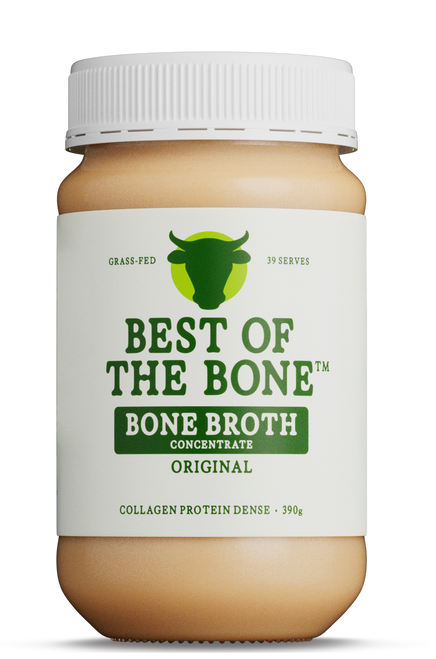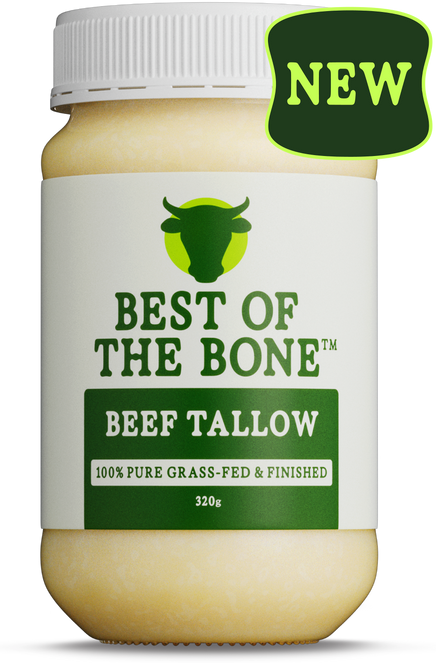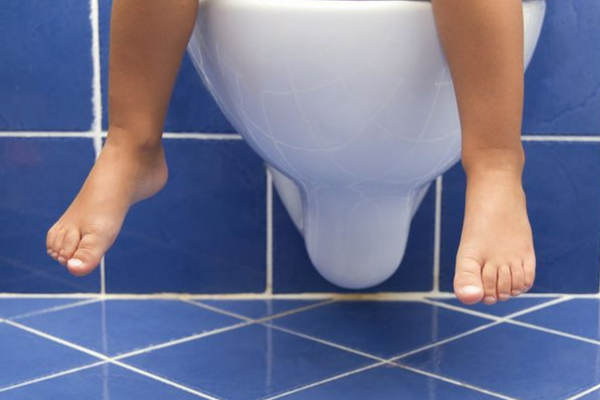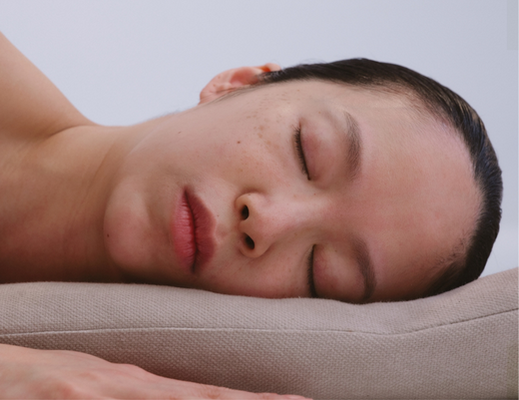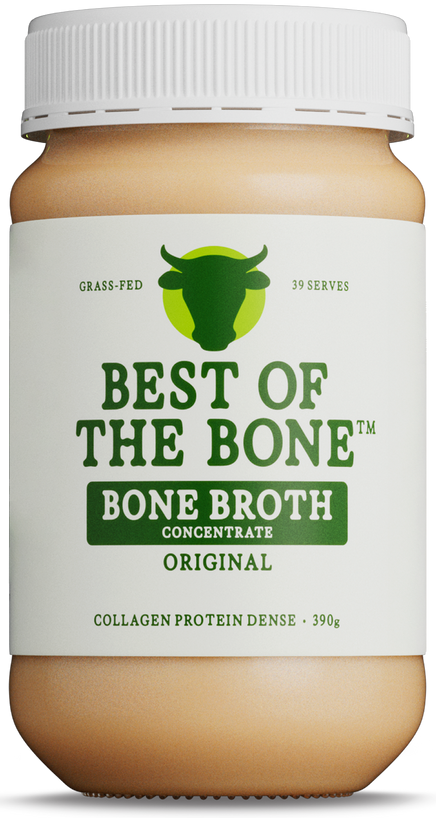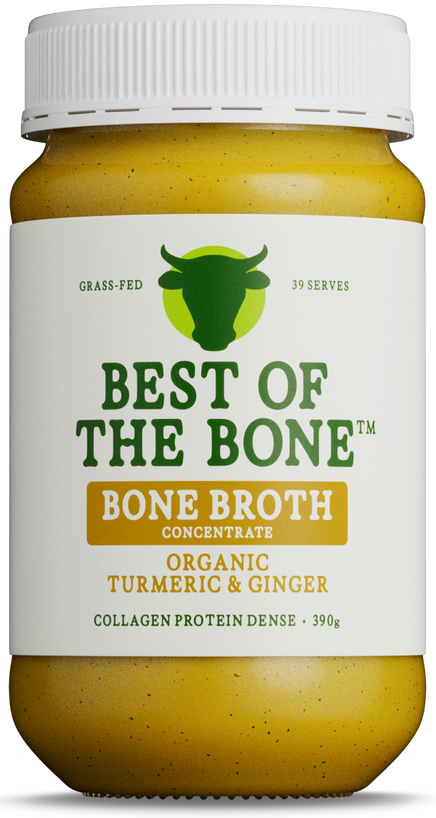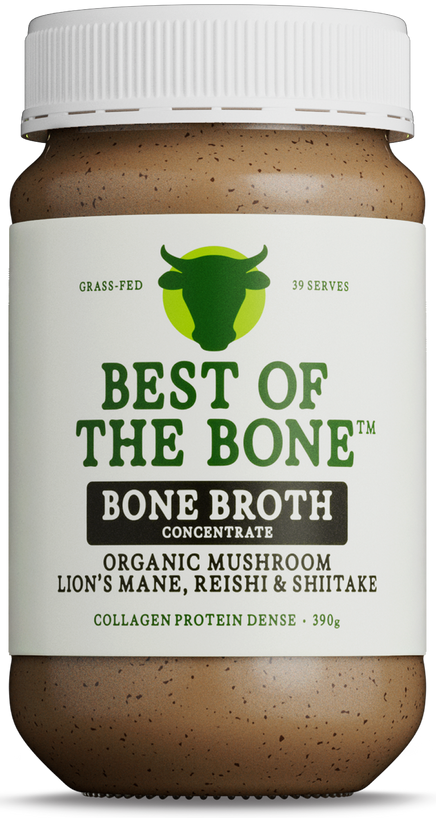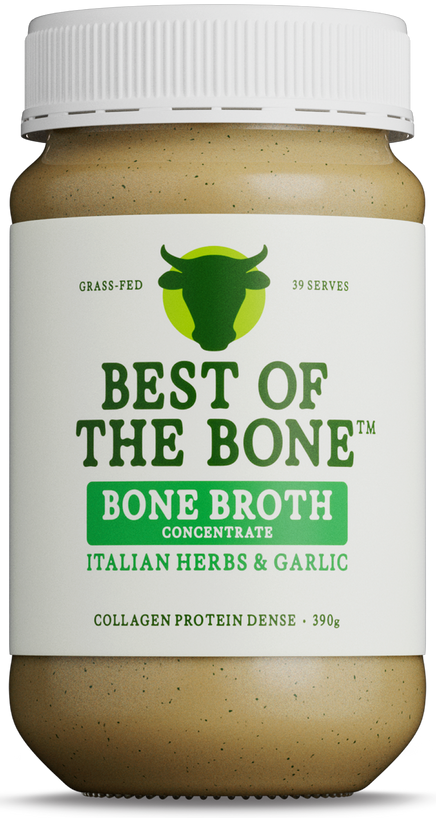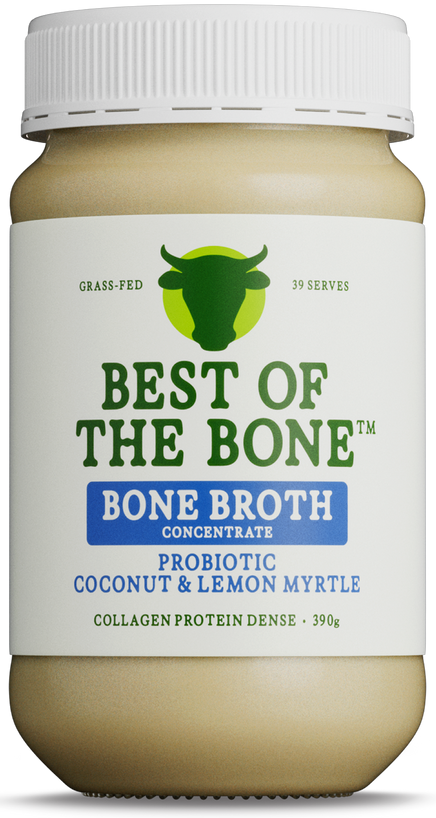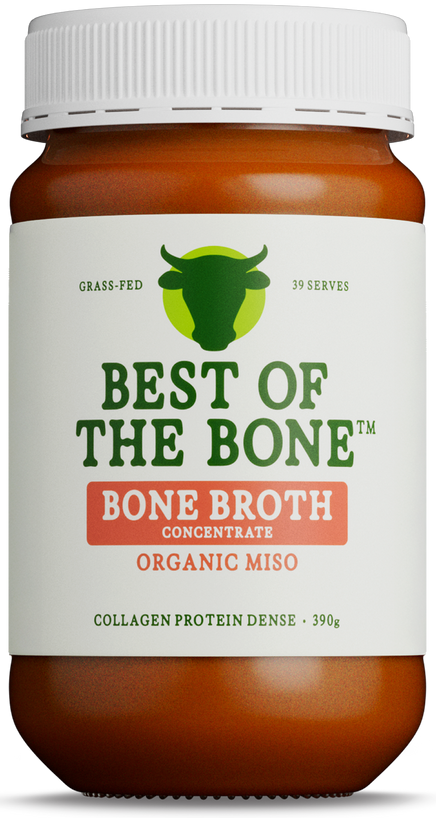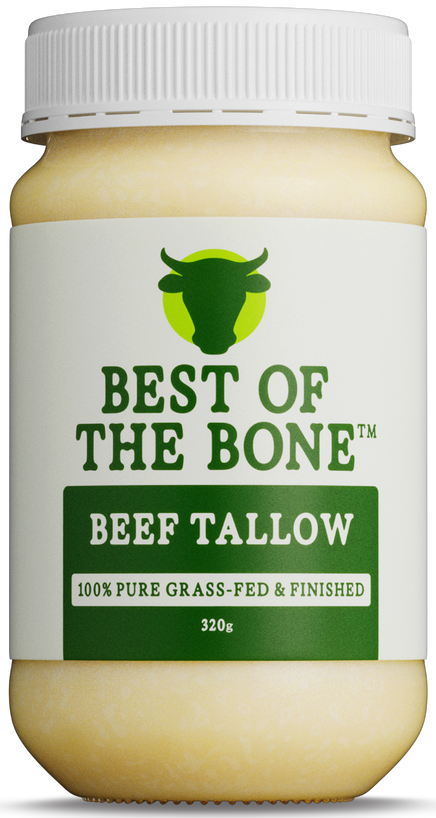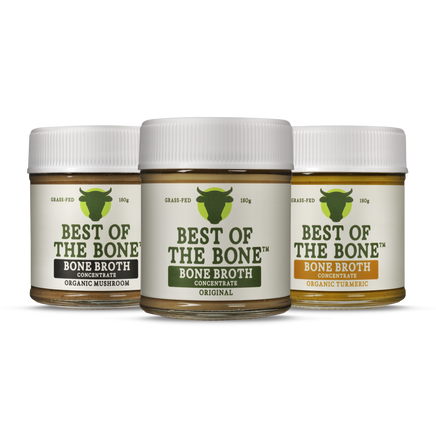Salt Isn’t the Enemy — It Might Be the Missing Link
For years, salt has been treated like a dietary villain. But what if the narrative around sodium has missed the mark? What if, instead of cutting back, many people—especially active, health-conscious ones—actually need more?
Spoiler: The science is catching up. And it’s saying just that.
The Problem with “Low Salt = Healthy”
You’ve probably heard this before: “Too much salt raises blood pressure.” This idea shaped global dietary guidelines for decades. But here's the catch—it’s largely based on short-term studies, often in already at-risk groups, and doesn't reflect real-world, long-term outcomes in the general population.
Several large studies, including the Intersalt Study, Framingham Offspring Study, and the PURE Study, have revealed that sodium’s relationship with blood pressure is far more complex—and in many healthy individuals, lower salt isn’t always better.
In fact, cutting salt too low has been associated with:
- Increased stress hormone production
- Poor sleep and muscle recovery
- Electrolyte imbalance
- Higher cholesterol and triglycerides
- Even increased mortality risk in some populations
The Risk of Too Little Salt
Sodium is an essential nutrient. It's one of your body’s main electrolytes—meaning it helps regulate fluid balance, nerve function, and muscle contraction (including your heart). Too little sodium? That throws everything off.
Signs of low sodium or electrolyte imbalance include:
- Fatigue or dizziness
- Muscle cramps
- Brain fog or headaches
- Low energy during workouts
- Increased sugar cravings
- Poor thermoregulation (feeling cold or overheating easily)
And yet, many people are restricting salt without realising it’s contributing to these exact symptoms.
So, How Much Salt Do You Actually Need?
According to newer research, the “sweet spot” for sodium intake appears to sit between 3–5 grams per day (equivalent to roughly 7.5–12.5 grams of salt). That’s well above the 2.3g/day often recommended by global health bodies.
Let’s break that down:
- < 2.3g sodium/day: Associated with higher stress response and nutrient imbalances
- 3–5g sodium/day: Linked to the lowest risk of cardiovascular events and all-cause mortality (PURE Study)
- > 6g sodium/day: Risks rise again—but context matters (e.g. hydration, potassium, magnesium levels)
This supports what functional practitioners have long said: salt intake should be personalised, not blanket-restricted.
But It’s Not Just About Salt Alone
Sodium doesn’t work alone. Your electrolyte balance—especially the sodium-to-potassium ratio—is what really matters for things like blood pressure, hydration, and cell health.
That’s why we advocate for real, whole-food sources of:
- Sodium (not from ultra-processed snacks, but from bone broth, salt, and mineral-rich foods)
- Potassium (leafy greens, bananas, potatoes)
- Magnesium & calcium (bone broth, nuts, seeds, dark chocolate)
What Does This Have to Do with Bone Broth?
At Best of the Bone, we use a purposeful amount of salt in our broth—not to overload, but to enhance absorption, support electrolyte function, and of course, elevate flavour. Our salt levels are:
✔ Balanced for daily sipping
✔ Suitable for dilution to your taste
✔ Sourced with function, not filler, in mind
We also encourage using broth as a cooking base, not just a sip. That means you're in control—whether you want to drink it straight, stir it into soups, or simmer it into your favourite meals.
Salt Isn’t the Problem.
Ultra-processed food, poor-quality oils, and low-mineral diets are. It’s not about demonising sodium. It’s about context, quality, and balance.
Bone broth offers real nourishment—with sodium in a form your body actually understands.
References:
- Ahmed M. El-Sharkawy and others, Acute and chronic effects of hydration status on health, Nutrition Reviews, Volume 73, Issue suppl_2, 1 September 2015, Pages 97–109, https://doi.org/10.1093/nutrit/nuv038
- Hamouti N, Fernández-Elías VE, Ortega JF, Mora-Rodriguez R. Ingestion of sodium plus water improves cardiovascular function and performance during dehydrating cycling in the heat. Scand J Med Sci Sports. 2014 Jun;24(3):507-18. doi: 10.1111/sms.12028. Epub 2012 Dec 17. PMID: 23253191.
- Pre-exercise sodium loading aids fluid balance and endurance for women exercising in the heat, Stacy T. Sims, Nancy J. Rehrer, Melanie L. Bell, and James D. Cotter, Journal of AppliedPhysiology 2007 103:2, 534-541
- Shrimanker I, Bhattarai S. Electrolytes. 2023 Apr 23. In: StatPearls [Internet]. Treasure Island (FL): StatPearls Publishing; 2023 Jan–. PMID: 31082167.
- Choi D-H, Cho J-Y, Koo J-H, Kim T-K. Effects of Electrolyte Supplements on Body Water Homeostasis and Exercise Performance during Exhaustive Exercise. Applied Sciences. 2021; 11(19):9093. https://doi.org/10.3390/app11199093
- Lau WY, Kato H, Nosaka K. Effect of oral rehydration solution versus spring water intake during exercise in the heat on muscle cramp susceptibility of young men. J Int Soc Sports Nutr. 2021 Mar 15;18(1):22. doi: 10.1186/s12970-021-00414-8. PMID: 33722257; PMCID: PMC7962362.
- Fujisawa, C., Umegaki, H., Sugimoto, T. et al.Mild hyponatremia is associated with low skeletal muscle mass, physical function impairment, and depressive mood in the elderly. BMC Geriatr 21, 15 (2021). https://doi.org/10.1186/s12877-020-01955-4
- Wang J, Deng Y, Zou X, Luo H, Jose PA, Fu C, Yang J, Zeng C. Long-term low salt diet increases blood pressure by activation of the renin-angiotensin and sympathetic nervous systems. Clin Exp Hypertens. 2019;41(8):739-746. doi: 10.1080/10641963.2018.1545850. Epub 2018 Nov 18. PMID: 30451012; PMCID: PMC6525650.
- Fabrice Gankam Kengne, Guy Decaux, Hyponatremia and the Brain, Kidney International Reports, Volume 3, Issue 1, 2018, Pages 24-35, ISSN 2468-0249, https://doi.org/10.1016/j.ekir.2017.08.015.
- Pati P, Fulton DJ, Bagi Z, Chen F, Wang Y, Kitchens J, Cassis LA, Stepp DW, Rudic RD. Low-Salt Diet and Circadian Dysfunction Synergize to Induce Angiotensin II-Dependent Hypertension in Mice. Hypertension. 2016 Mar;67(3):661-8. doi: 10.1161/HYPERTENSIONAHA.115.06194. Epub 2016 Jan 18. PMID: 26781276; PMCID: PMC4752410.
- Vitiello MV, Prinz PN, Halter JB. Sodium-restricted diet increases nighttime plasma norepinephrine and impairs sleep patterns in man. J Clin Endocrinol Metab. 1983 Mar;56(3):553-6. doi: 10.1210/jcem-56-3-553. PMID: 6822653.
- Martin O’Donnell and others, Salt and cardiovascular disease: insufficient evidence to recommend low sodium intake, European Heart Journal, Volume 41, Issue 35, 14 September 2020, Pages 3363–3373, https://doi.org/10.1093/eurheartj/ehaa586
- Intersalt: an international study of electrolyte excretion and blood pressure. Results for 24 hour urinary sodium and potassium excretion. Intersalt Cooperative Research Group. British Medical Journal 1988; 297 :319 doi:10.1136/bmj.297.6644.319
- Moore, L.L., Singer, M.R. and Bradlee, M.L. (2017), Low Sodium Intakes are Not Associated with Lower Blood Pressure Levels among Framingham Offspring Study Adults. The FASEB Journal, 31: 446.6-446.6. https://doi.org/10.1096/fasebj.31.1_supplement.446.6
- Graudal NA, Hubeck-Graudal T, Jurgens G. Effects of low sodium diet versus high sodium diet on blood pressure, renin, aldosterone, catecholamines, cholesterol, and triglyceride. Cochrane Database of Systematic Reviews 2020, Issue 12. Art. No.: CD004022. DOI: 10.1002/14651858.CD004022.pub5. Accessed 24 July 2023.
- Mente A, O’Donnell M, Yusuf S. Sodium Intake and Health: What Should We Recommend Based on the Current Evidence? Nutrients. 2021; 13(9):3232. https://doi.org/10.3390/nu13093232

